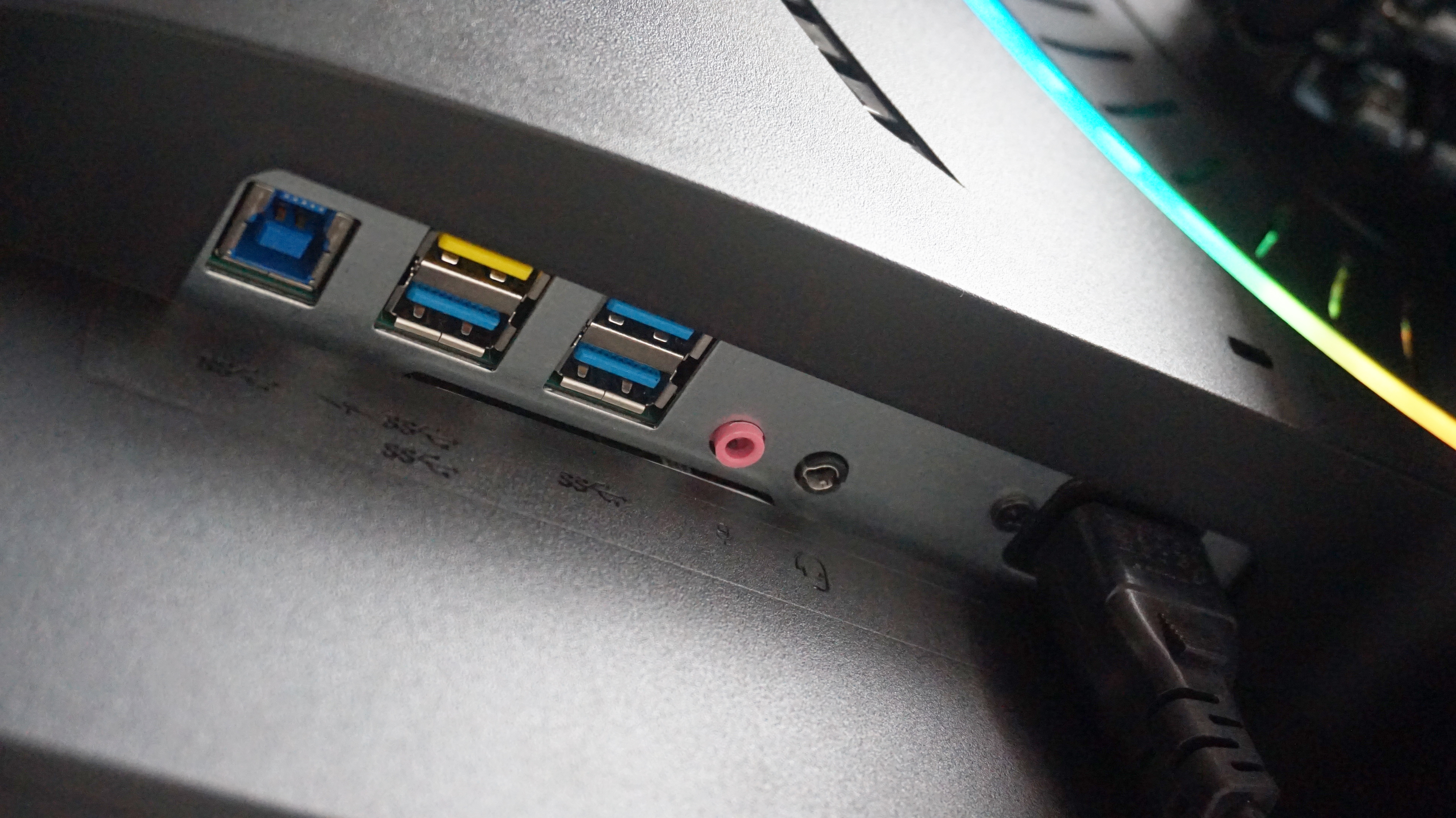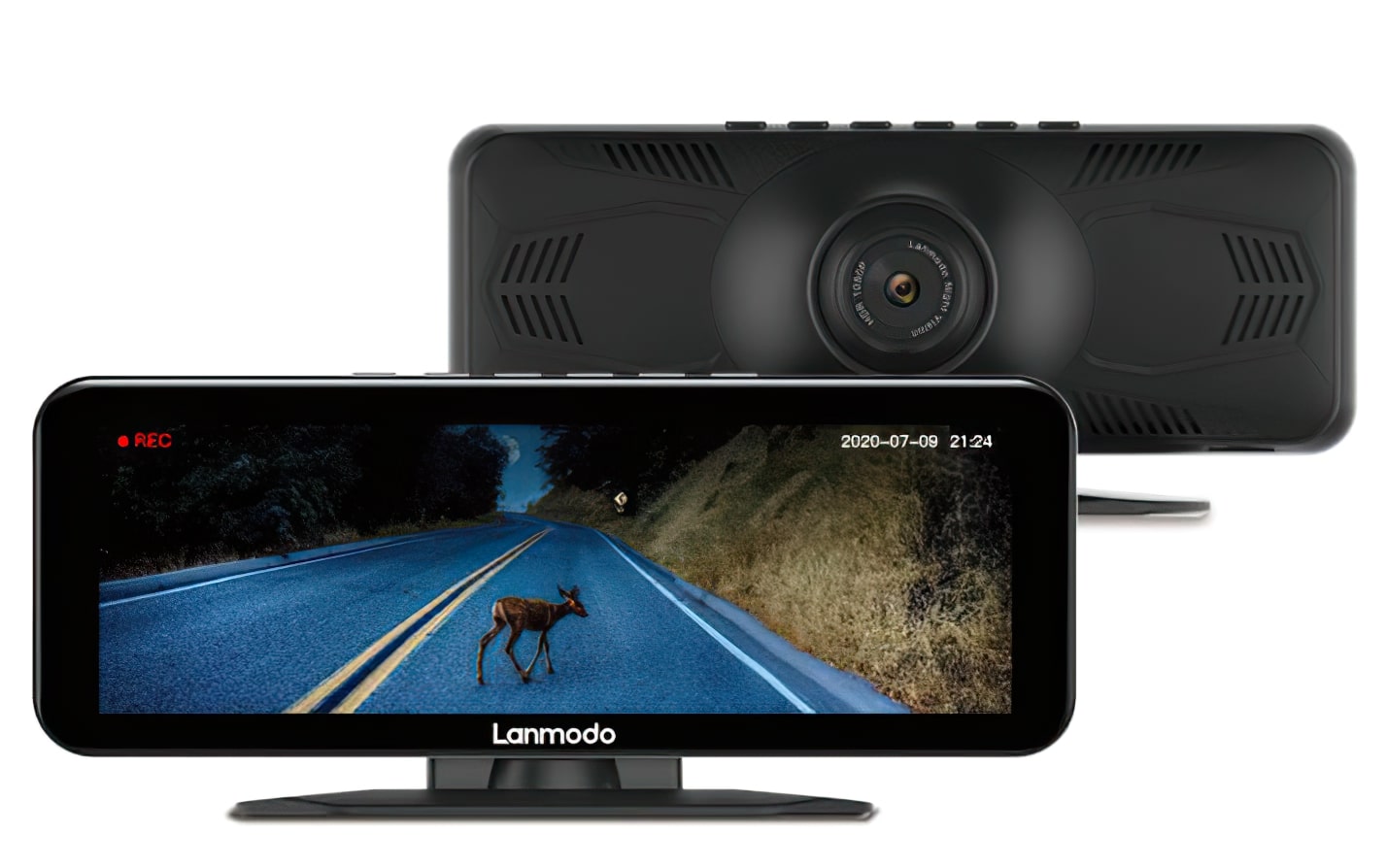
I like a terrific 1920×1080 gaming monitor as a lot as the subsequent particular person, however personally, I’ve all the time been extra of a 2560×1440 kinda gal. The drawback is, my present best gaming monitor suggestion for 1440p is the more and more scarce MSI Optix MPG27CQ, and I’ve been desperately looking for a alternative for all of it 12 months. BenQ’s EX3203R got here shut, however was let down by its pants HDR, whereas AOC’s Agon AG322QC4 had good HDR however barely underwhelming color accuracy. I additionally appreciated AOC’s Agon AG273QCG, however for some purpose AOC put a horrible grainy end on its curved TN panel, which ending spoiling the entire thing.
Finally, although, I feel my hunt has come to an finish with AOC’s Agon AG273QX. This is the flat AMD FreeSync 2 HDR sibling of the curved, Nvidia G-Sync AG273QCG I simply talked about, and actually, I really feel like Christmas has come early. Not solely does this 165Hz VA monitor have glorious color accuracy, however there’s no grain, its HDR is fairly good and it performs good with Nvidia graphics playing cards as effectively. What extra may I probably need?
Let’s begin with that color accuracy. Just like AOC’s superb 24G2U that I reviewed lately, the Agon AG273QX can be utilized just about straight out of the field, no faff required. On its default Standard eco mode and Warm color temperature settings, my X-Rite i1 DisplayPro confirmed its VA panel was already displaying a virtually good 99.6% of the sRGB color gamut, and a formidable 87.9% of the HDR-grade DCI-P3 gamut as effectively – which is just about equivalent to what the MSI Optix MPG27CQ provides.
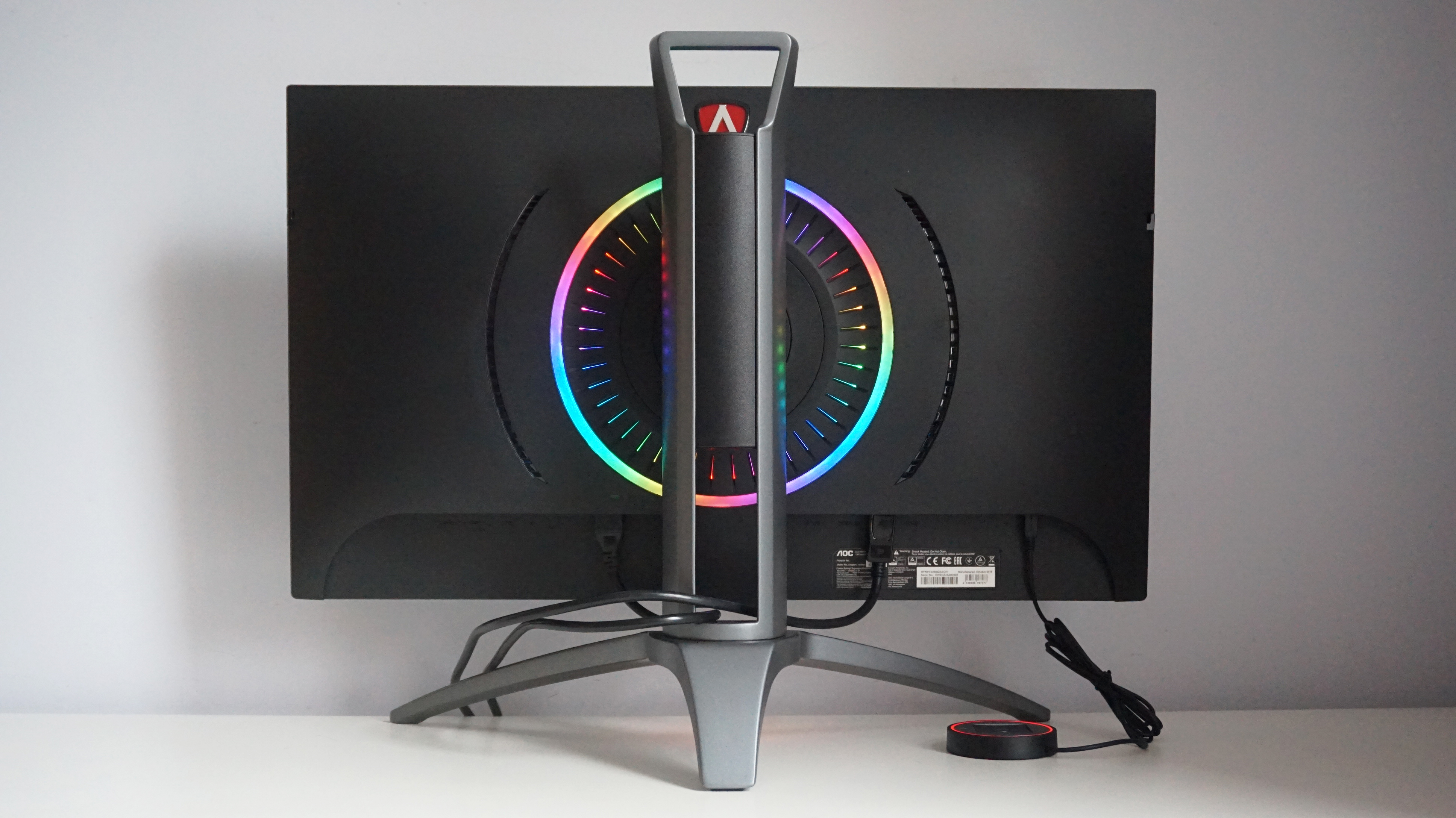
Like the Agon AG273QCG earlier than it, the AG273QX has a hoop of RGB lighting on the again, however you’ll be able to, as all the time, flip it off if you want. The gap in its wider stand additionally acts as a significantly better cable tidy as effectively.
The latter isn’t as fairly excessive as I’ve seen on different HDR shows, I ought to add, as most of the best HDR shows should hit at the least 90% of the DCI-P3 gamut to earn their respective VESA DisplayHDR certificates. The Agon AG273QX is just rated as a VESA DisplayHDR 400 display, which is the bottom HDR commonplace and doesn’t have any DCI-P3 necessities, however 87.9% remains to be fairly darn nice all the identical. Indeed, I’ve seen loads of DisplayHDR 400 screens with worse DCI-P3 scores, and the very fact it’s that good out of the field is even higher.
Indeed, once I converted to the Agon AG273QX’s User color temperature mode to see if I may enhance on these scores, I solely managed a 99.5% sRGB end result and a DCI-P3 rating of 87.6% DCI-P3. As such, you don’t must spend ages fiddling about with the monitor’s menu settings, because it’s just about good as it’s.
I used to be additionally happy to see a beautiful excessive distinction ratio of 2889:1, in addition to a low black degree of simply 0.15cd/m2 on the AG273QX’s most brightness setting (the nearer to 0.00cd/m2, the higher), the latter of which topped out at round 460cd/m2. Again, a peak brightness of 460cd/m2 isn’t as excessive as different HDR displays on the market (or certainly some non-HDR screens), however for on a regular basis use it’s going to do you simply positive – if something, that type of brightness is too a lot for watching for lengthy intervals of time, and I normally had it turned proper right down to round 20% of its max brightness for many of my testing.
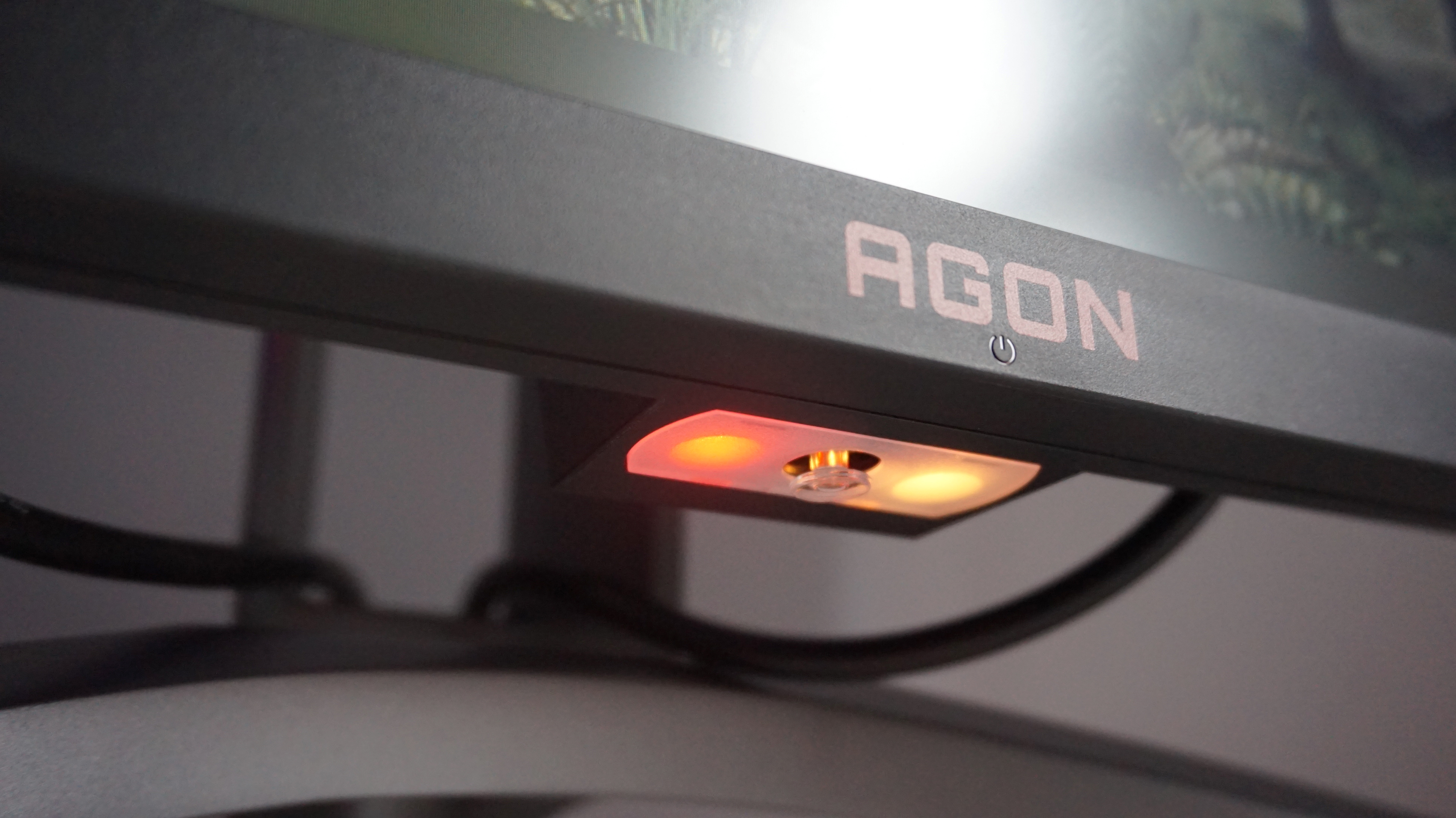
The AG273QX’s onboard menu system can both be managed by its central, four-way analogue stick (pictured above), or a plug-in management disc (beneath). The analogue stick can really feel a bit flimsy at instances, however at the least it’s pretty intuitive to make use of while you do want to enter the menu settings for one thing.

If you don’t thoughts having one other ‘thing’ in your desk, the AG273QX’s extra management disc not solely offers you extra controls for accessing its important menu, but in addition three shortcuts to its customisable Gamer profile modes.
Still, you’ll wish to crank it again up while you come to make use of its HDR help, as something lower than 100% robs it of its excessive dynamic majesty. I need to admit, I had a few teething issues getting its FreeSync 2 HDR to work correctly in Assassin’s Creed Odyssey and Final Fantasy XV once I first tried testing it with my Radeon RX 5700 XT graphics card, however as soon as I’d enabled Windows 10’s HDR settings, every thing went so much smoother.
Final Fantasy XV mechanically registered it as an HDR show, and switching on Assassin’s Creed Odyssey’s particular FreeSync 2 HDR possibility labored just about immediately – which is a welcome reduction after all of the fiddling I’ve needed to do prior to now on different FreeSync 2 HDR displays. Indeed, very similar to the big Samsung CRG9, this is likely one of the few FreeSync 2 HDR screens the place I’ve truly felt, “You know what? This does look higher in HDR,” which isn’t all the time the case.
As I discussed earlier, a sub-500cd/m2 peak brightness is relatively low for an HDR monitor, and thus the influence of its HDR in-game was noticeably much less inspiring, say, than the jaw-dropping CRG9 (which may hit a whopping 1000cd/m2). Still, VESA’s DisplayHDR 400 commonplace is fairly frequent amongst 1440p displays as of late (particularly FreeSync ones), and also you’d should pay much more to get a monitor that meets VESA’s brighter DisplayHDR 600+ requirements.
As a end result, I’m not too bothered by the truth that it may solely do round 460cd/m2 brightness, because it’s nonetheless by far the very best and easiest-to-set-up 1440p FreeSync 2 HDR monitor I’ve examined in ages.
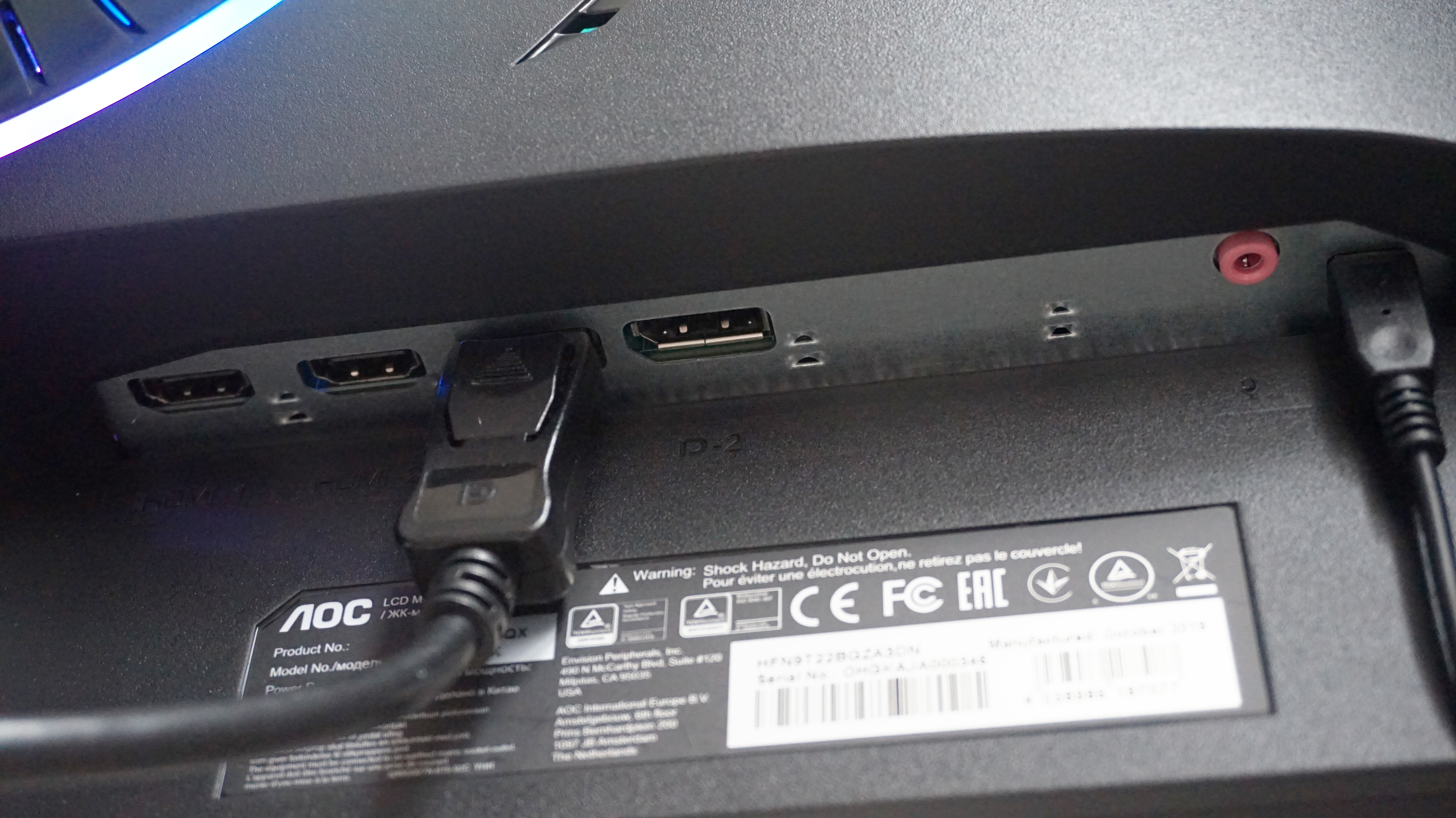
The AG273QX comes with loads of ports, too, together with two DisplayPort 1.four inputs, two HDMIs – and, as you’ll be able to see beneath, 4 USB3 ports and separate headphone and audio line in jacks.
Plus, its HDR and common FreeSync tech (the variable refresh price gubbins that helps hold games trying good and clean with no tears or stuttering) works simply positive and dandy with appropriate Nvidia graphics playing cards, too. Obviously, you received’t have the ability to benefit from any FreeSync 2 HDR-specific options like there are in Assassin’s Creed Odyssey on an Nvidia GPU, however I used to be nonetheless in a position to make use of the game’s common HDR choices to nice impact on my RTX 2080 Super card.
Similarly, it is probably not considered one of Nvidia’s formally sanctioned G-Sync Compatible monitors, which assure an almost-G-Sync-grade expertise relating to making the most of a monitor’s variable refresh price tech for clean, tear-free gaming (but, anyway), however once I was gunning via a spherical of Doom on the monitor’s prime refresh price of 165Hz, every thing appeared tremendous clean regardless. I didn’t see any indicators of display tearing or any of the opposite defects that typically happen on screens that haven’t handed Nvidia’s official testing procedures, reminiscent of blinking, pulsing or unusual color variations, so these after a excessive refresh price 1440p monitor shouldn’t have any qualms about plumbing for the AG273QX no matter what sort of graphics card is presently sitting inside their PC.
All in all, then, the £400 / $407 AOC Agon AG273QX is a positive 1440p monitor certainly – and given how our MSI incumbent is changing into more and more onerous to seek out as of late, doesn’t help HDR and solely has a most refresh price of 144Hz, I’m additionally proclaiming the AG273QX our new prime decide for 1440p in our best gaming monitor rankings.
